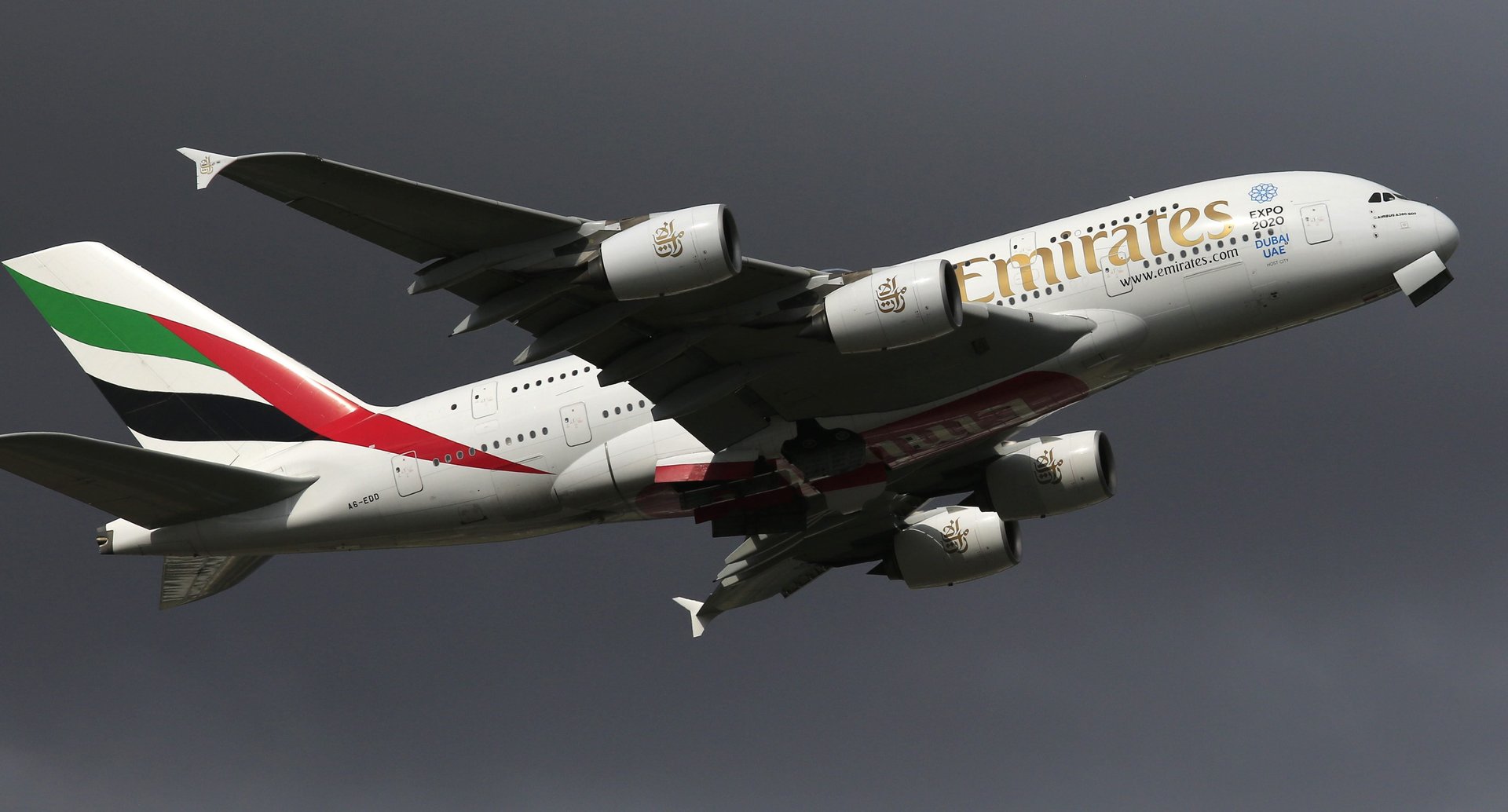The really, really, really long flight is back
The ultra-long-haul flight is making a comeback—but its profitability is still up in the air.


The ultra-long-haul flight is making a comeback—but its profitability is still up in the air.
In the wake of cratering oil prices, airlines have reintroduced marathon nonstop service, pitting them against each other for the longest scheduled flights around.
In March, Emirates launched a non-stop service from Dubai to Auckland, a journey that takes 16 hours, and more than 17 hours from Auckland back to Dubai, enough time to watch the entire Lord of the Rings trilogy (extended version) and still get a full night of sleep in.
(An almost 18-hour Emirates service from Dubai to Panama City was supposed to begin in February but has been delayed.)
United last week started offering non-stop service from San Francisco to Singapore, a 8,446 mile-trip it bills as the longest scheduled flight operated by a US carrier. The trip is 15 1/2 hours westbound, 16 hours and 20 minutes eastbound. Though travelers aboard the Boeing 787-9 Dreamliner will still spend less time in the air than some Goldman Sachs interns spend in at work.
Yet it’s Singapore Airlines that’s poised to retake the world’s long-haul flight crown.
In October, the carrier announced it would bring back nonstop service between Singapore and New York/Los Angeles in 2018, upgrading seven of its 63 orders for Airbus A350-900s to flights built for long-range travel. Those flights could take as long as 19 hours, when it’s all said and done.
One thing many of these new flights have in common is that they were announced as oil prices were tanking. While many of the new aircraft are more fuel efficient than previous models, a jump in fuel prices and weak demand have derailed such long flights before. And oil prices are rising again.